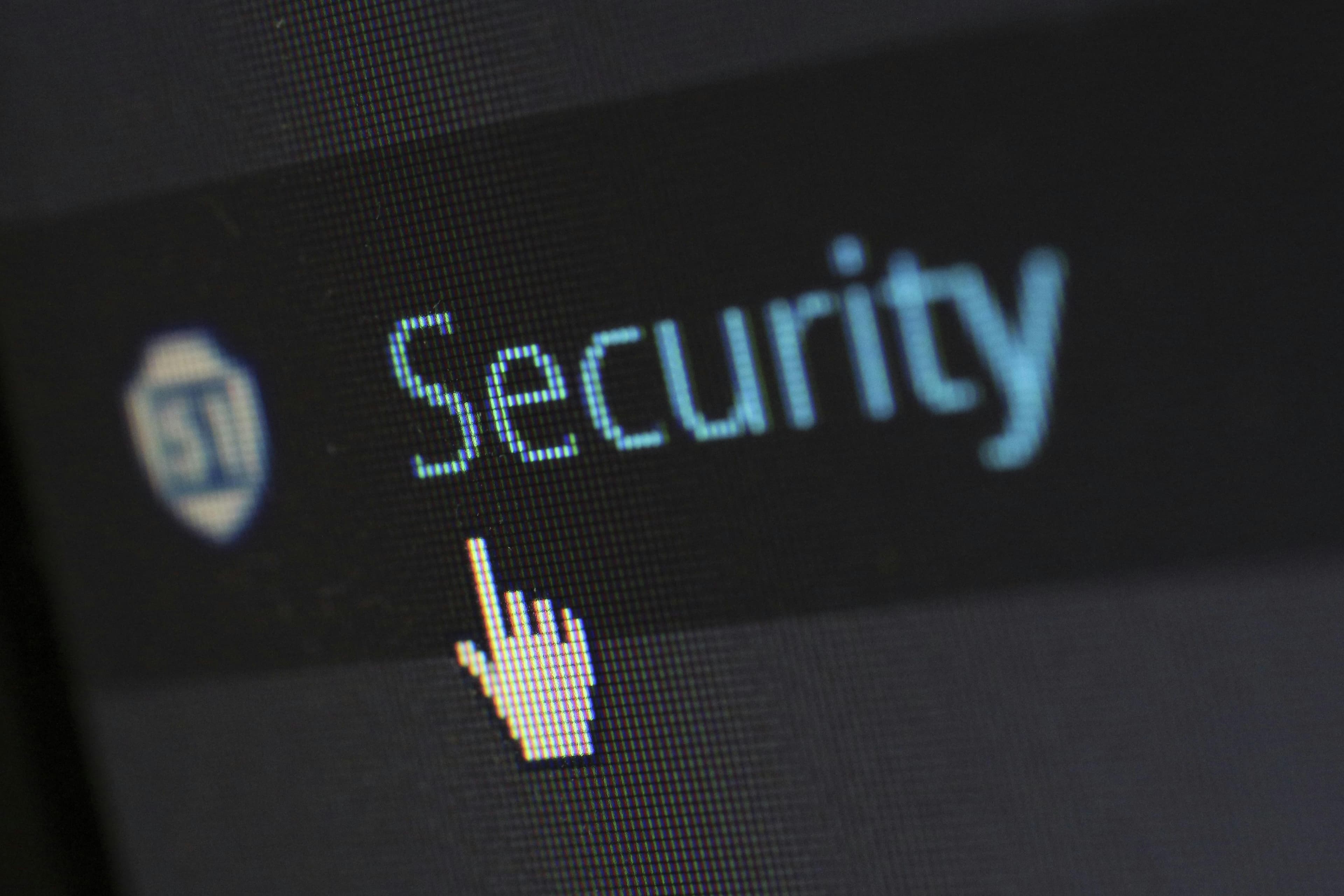Multi-Factor Authentication (MFA): An Extra Layer of Digital Security

Online security is more relevant than ever, especially with the rise of cyberattacks and the growing amount of sensitive data stored digitally. Multi-factor authentication (MFA) has become an essential tool to protect personal and business accounts, adding an extra layer of security that makes unauthorized access significantly harder.
What is MFA?
MFA is a security method that requires users to verify their identity using two or more distinct factors:
- Something you know: A password or PIN.
- Something you have: A smartphone, token, or security card.
Something you are: Biometric data such as fingerprints or facial recognition.
This approach ensures that even if one factor is compromised, access is still denied.
Why is MFA essential?
- Protection against phishing attacks: Even if an attacker obtains your password, the need for a second factor blocks access.
- Defense against brute force attacks: MFA makes attempts to guess passwords ineffective.
Protection for lost or stolen devices: Even if you lose your device, MFA prevents unauthorized access.
Benefits of MFA for businesses
Businesses handle sensitive data daily, such as customer information and financial records. MFA protects these assets by:
- Avoiding costly security breaches.
- Ensuring compliance with regulations like GDPR.
Easily integrating into modern systems, such as cloud platforms and business tools.
Practical examples of MFA
- Authenticator apps: Tools like Google Authenticator generate unique codes for login.
- Biometrics: Fingerprints or facial recognition on smartphones and computers.
Temporary codes via SMS or email: Messages with temporary codes sent to the user’s phone number or email address.
How to start using MFA
- Enable MFA on your most critical accounts: Prioritize emails, banking services, and business tools.
- Educate users and employees: Explain the importance of MFA and how to use it.
Stay up to date: Adopt new authentication technologies whenever necessary.
Conclusion
Multi-factor authentication is no longer an option but a necessity in today’s digital environment. By adding layers of protection to your accounts, MFA reduces the risk of attacks and enhances the security of your information. Start using it today to safeguard your personal and business data against ever-evolving threats.

